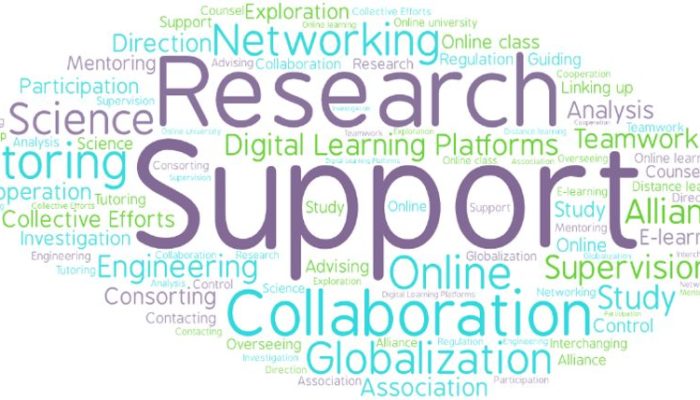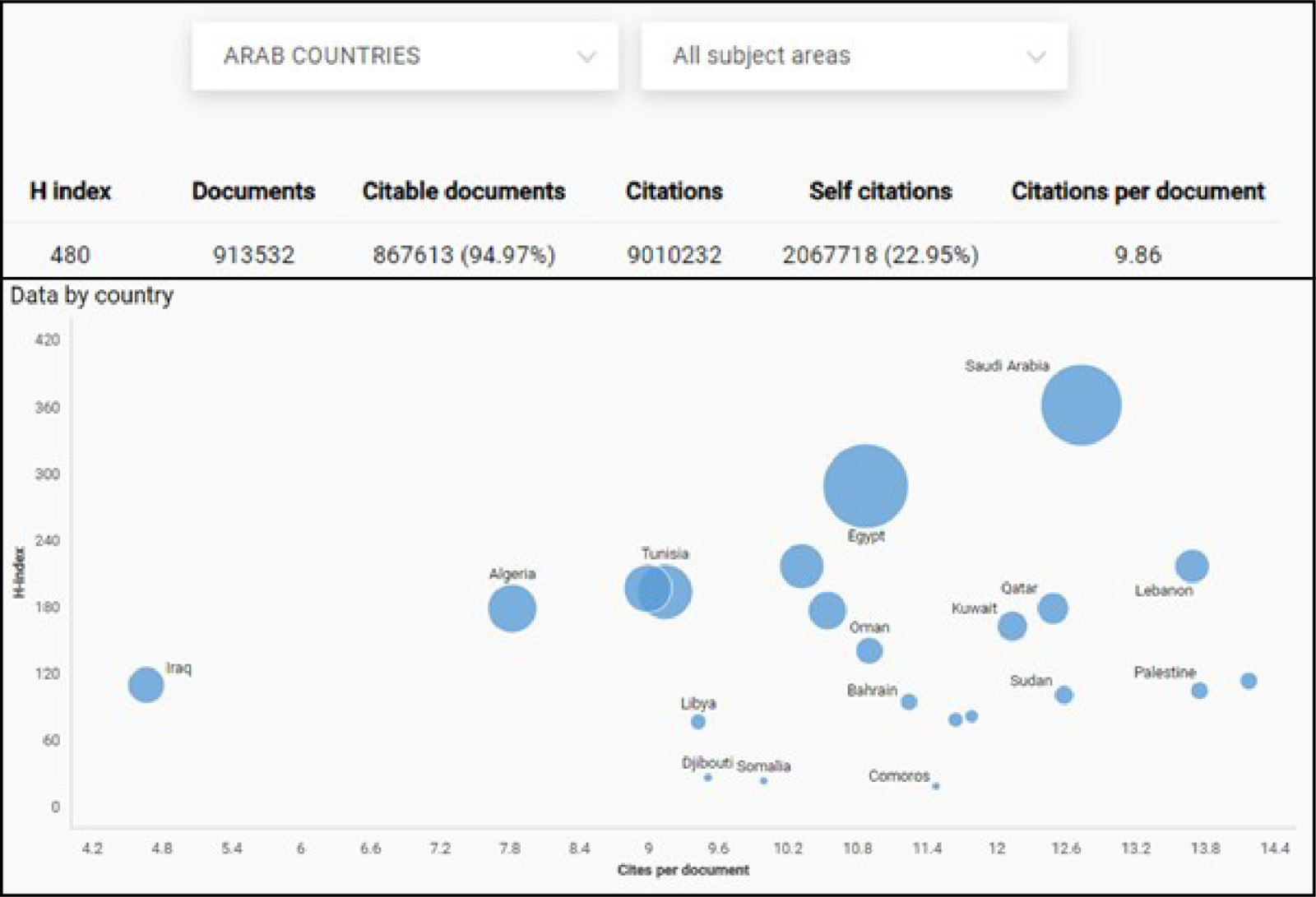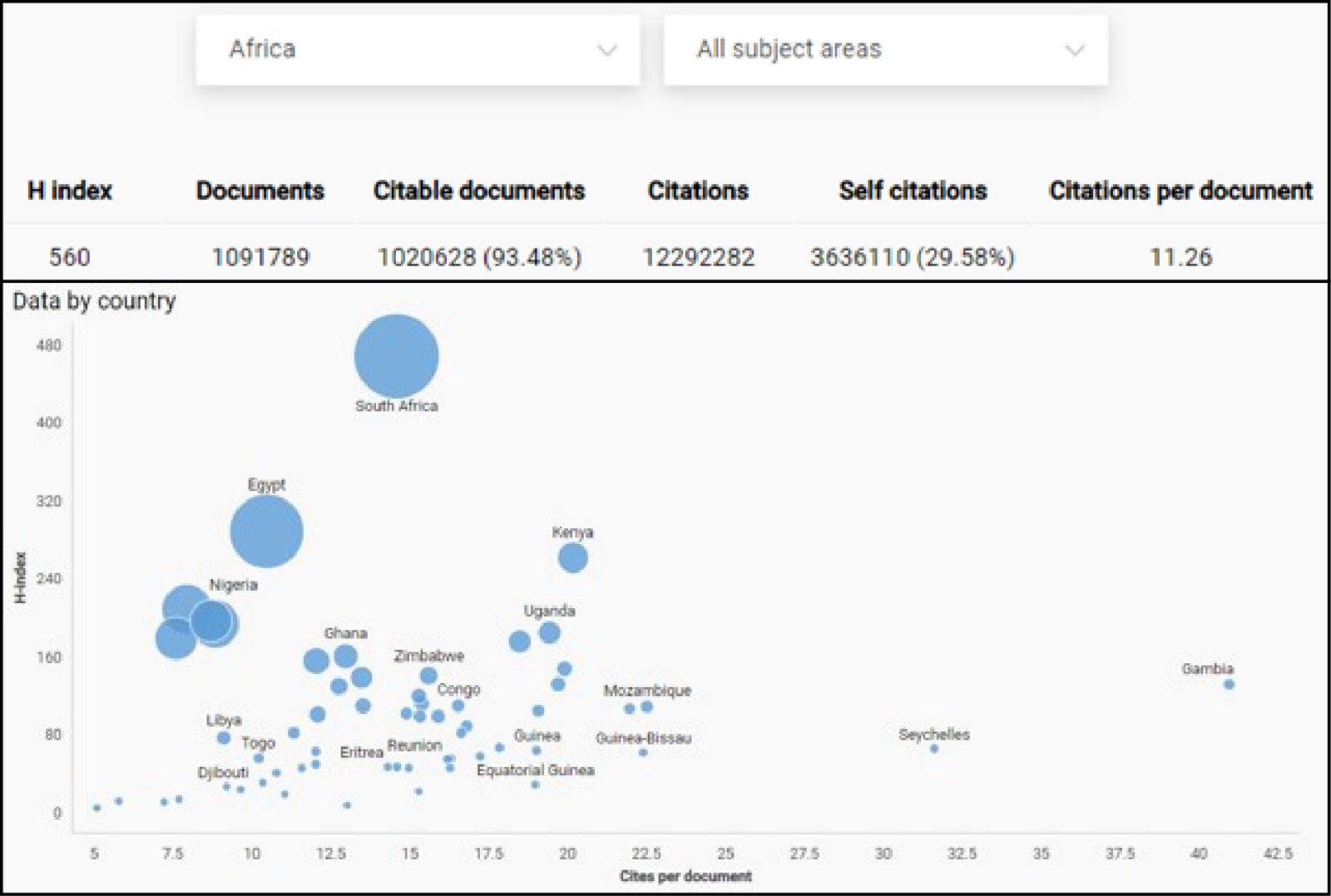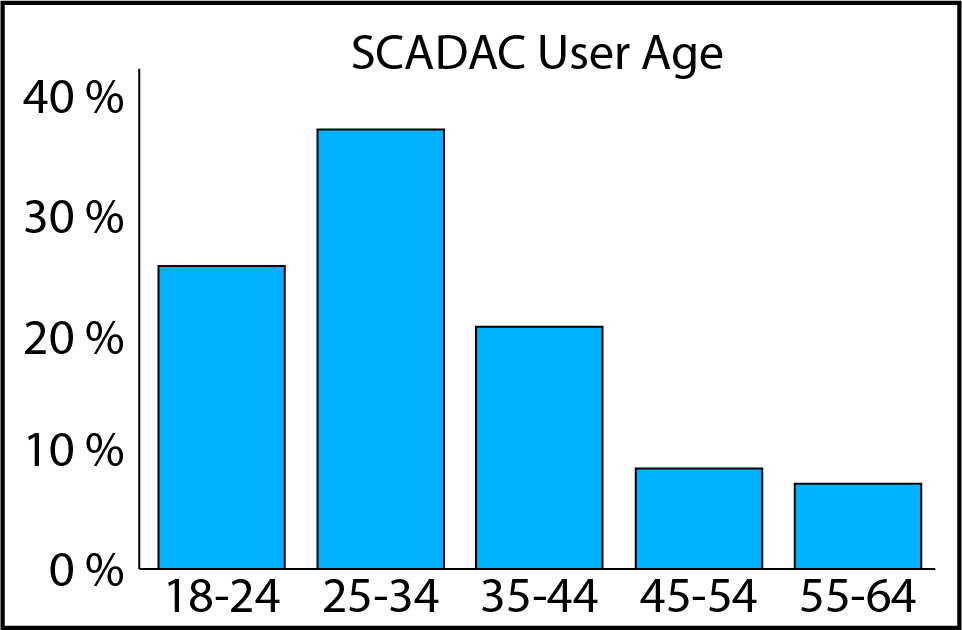
Collaboration in science is of paramount importance for the development of new ideas and tools that progress our common knowledge. However, you might have felt at times that, for example, the competition for funding or the inequality of access to resources have undermined collaboration opportunities. In this blog post, we host the reflections and actions of Dr Omar AlThuwaynee, who, after experiencing first hand the struggle of trying to establish meaningful international collaborations when one lacks access to resources, decided to build the Scientists Adoption Academy (SCADAC), a new online platform for research collaboration.
How I realised there is a problem with collaboration opportunities.
During my career, I have interacted with many students who have struggled in their research because of their limited possibility to interact in a larger network where international connections can ensure essential exchanges of ideas and expertise. This scenario may be particularly familiar to students and researchers based in developing countries. There, universities do not always have funding and resources to provide optimal conditions for their attendees. So, a desire to build something that could contribute to making this situation better started to grow in me and really became one of my objectives as a member of the scientific community.
If accounts from direct experiences weren’t enough, taking a look at academic metrics supports the call for new networking opportunities. In fact, large differences in academic levels are reflected in many academic metrics, globally. For instance, the Scimago Journal and Country Rank (SJR, powered by Scopus) weights citations based on the source they come from. Also, the subject field, quality and reputation of the journal have a direct effect on the value of a citation. Moreover, SJR normalizes for differences in citation behaviour between subject fields. Let’s take a closer look at the stats report published by SJR and publicly available. I choose to visualize the number of citable documents, the number of citations and the H-index for the period of 1996–2019 and sort by continent. After examining the H-Index distribution, we can denote that developing countries have low metrics overall and high variability among them. The figure below shows an example for Arab countries.
Please note that the SJR website does not allow to directly download the images. As a result, the following are screenshot in relatively low quality. If you are interested in higher quality images, please access directly the link here.

Below I am also reporting the same information for African countries, where a very similar situation can be observed.

On the other hand, countries with a recently or historically stable economy show a much more uniform high H-index among them with respect to the two groups reported above. As an example, I report two figures for European countries.

What else really inspired me
I can point to three arguments that have surely shaped my vision on how we can reduce global academic differences and establish a broader network of opportunities for collaborations.
- Reading the article that Dr. Fausto Guzzetti [1], senior researcher at Consiglio Nazionale delle Ricerche, Italy, wrote in 2016 emphasizing: 1) the need to invest in research that answers questions relevant to societal development and that may/will result in new discoveries and advancements; and 2) –– today’s topic –– the decrease in interest in scientific collaborations. In different parts of the article, Guzzetti mentions that “Individual scientists, research teams, and even research organizations pool together to compete for (and participate in) projects to obtain resources (i.e., to get funded), and not for a driving (and healthy) interest in the collaboration with their peers. The pressure to obtain quick results of immediate application has increased the tendency to produce results which are minor, marginal, repetitive, and of limited general interest. A related problem is a tendency to ignore or to hide critical issues and limitations of the results obtained. Finding a solution to these problems is not trivial, and requires the collaboration of all the parties involved”.
- Attending the lecture of Dr. Philip R. Baron, senior lecturer at University of Johannesburg, South Africa, who pointed out the need for visible and well-structured regulations that would enhance the collaboration between graduate students and mentors on a large scale. For instance, he encouraged interdisciplinary research in academia and with different non-academic organization and institutes for joint research thesis, articles or projects.
- Finally, reading the study published in the Journal of Informetrics, by Amjad and co-authors [2]. They investigated the correlation between success and co-authorship with renowned experts, and they observed that “Among junior researchers, there are hidden gems who can become visible in future if their capabilities are polished by a senior researcher. If junior researchers, in the early part of their career, have a chance to get benefit from the experience of a senior researcher, they can become a rising star early in their career. However, this is not the only way of being successful. There are a number of successful researchers, who have started without a senior researcher, and their research achievement was the reason for receiving the attention of a senior researchers scholar and gave them a chance to collaborate with the senior researcher in later stages of their career”.
Moved by all the above, an idea started taking shape in my mind and it involved the virtual world.
Online collaborations … the solution, but how?
COVID-19, in its tragedy, has taught us something. We can do good in a society, even working remotely. Because of the pandemic, during 2020, we have seen the emergence of digital learning platforms, which offer the chance to promote international collaborations with limited efforts. This is where my mind found inspiration to improve networking and collaboration practices by using an online platform.
There are already various web-based tools that make collaboration easier across all the stages of the research lifecycle, for example, Reference management, File storage & sharing, Version control, Lab notebooks, Co-authoring, Data archiving and others. Similarly, Mendeley has recently offered the option to design research groups online. It allows to record and list together people with similar interest. In this way, they know who is working on what, however, it is still far from an operational networking strategy. ResearchGate plays a similar role, but, it is still not a tool born to build active collaborations, rather it promotes the visualization of activities of different research groups.
In my mind, a solution to take a step forward in minimizing differences in academic opportunities and expertise around the globe is to allow researchers who lack access to adequate resources in their home or work country to interact with any other researchers, professional or willing advisor around the globe that may provide the needed tools, skills and expertise. To achieve this, I have designed an online platform specifically made to allow and promote international supervision and collaborations comfortably from your working location wherever you may be.
The platform is called SCAD Academy and is a free group-based academic network, where researchers and mentors meet to collaborate in common research themes and share efforts that may lead to common discoveries and ultimately publications. It essentially imitates physical interactions between the graduate students and the mentors, but it extends the chances virtually at the global scale.
Anyone can create an account using their academic credential information, including, also, personal research interests. Once the account is created, one can create a group to present and share research ideas. Students can check the availability of supervisors without meeting them and can contact available mentors to develop together a common research interest. This is respectful of each other’s schedules. Once a research group is established, the group organizers distribute a kick-off research agreement, which includes how often the team will meet, tie points for the contribution of each member and deadlines. Moreover, the group administrator can then accept people that enroll as ‘mentors’ (researchers with enough experience to supervise others on a given topic) or ‘researchers’. The system will then provide a communication environment similar to a forum and the group administration decides whether it is public or private. A public group, for instance, can be used to share tools, software, seminars and data, providing full access to people with a specific interest. This is all supported via online chats as well as online meeting (via Zoom, for example). A private group offers the same capabilities but limits the capacity of non-members to access the group shared content.
SCAD Academy was launched in August 2020 and a few numbers for the period 8 August – 28 December 2020 shows that:
+ it reached all continents, with the majority of users from the USA, Canada, North Africa, India, Australia and China,
+ 32 research and discussion groups were created,
+134 members already joined the network.

So, overall I am quite happy on how SCADAC has picked up the attention of the scientific community. However, currently, the majority of the SCADAC members fall in the young side of the age spectrum, which indicates that most of the members are early career scientist.

So, if you have read up to here and you are interested in joining SCADAC specifically as a mentor, please do so and feel free to contact me anytime at this email: althuwaynee@scadacademy.com
References
[1] Guzzetti, F. (2016). Forecasting natural hazards, performance of scientists, ethics, and the need for transparency. Toxicological & Environmental Chemistry, 98(9), 1043-1059. Doi: https://doi.org/10.1080/02772248.2015.1030664
[2] Amjad, T., Ding, Y., Xu, J., Zhang, C., Daud, A., Tang, J., & Song, M. (2017). Standing on the shoulders of giants. Journal of Informetrics, 11(1), 307–323. Doi: https://doi.org/10.1016/j.joi.2017.01.004
Post edited by Luigi Lombardo, Giulia Roder, Valeria Cigala

Omar Althuwaynee
Thank you and welcome to the beta version of Scadac.